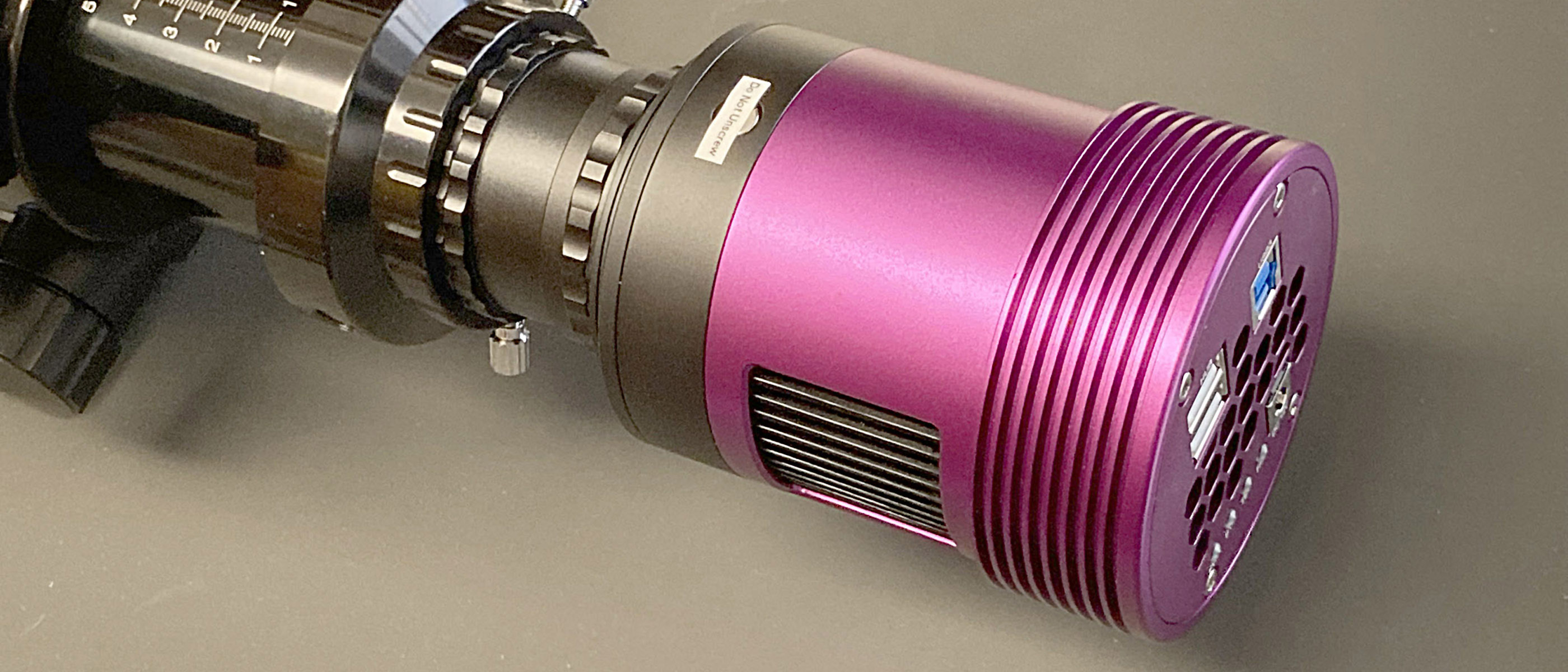Solar storm may amp up northern lights before Christmas

A solar storm that erupted from the sun on Monday (Dec. 20) may boost northern lights displays around the north pole just ahead of Santa's trip this weekend, the U.K. Met Office space weather forecasting center said today (Dec. 22).
The solar storm was caused by a coronal mass ejection, or CME, a powerful eruption of magnetically charged particles and plasma from the outer layer of the sun's atmosphere, the corona. When directed at Earth, CMEs can trigger geomagnetic storms that can disrupt satellite services and knock out power grids. A more pleasant side-effect of these events is the increase of auroras in the regions around the North and South Poles, where these magnificent displays take place.
Monday's CME, which burst from the sun at 6:36 a.m. EST (1136 GMT), is expected to reach Earth on Thursday (Dec. 23). It stemmed from a powerful M1.9-class solar flare that erupted from a sunspot called Active Region 2908, according to Spaceweather.com.
Related: Where to see the northern lights: 2022 aurora borealis guide
"The auroral oval is likely to be slightly enhanced at high latitudes from the 22nd to 24th due to coronal hole geomagnetic activity enhancement, and the chance of a weak coronal mass ejection arriving on the 23rd," the Met Office wrote on its website.
According to the European Space Agency's (ESA) Space Weather Network, the sun has been quite busy in the past week with several active regions springing up on its scorching surface in the run-up to Christmas.
The geomagnetic storm triggered by the Monday CME is only expected to be minor, the Met Office said. Geomagnetic storms occur when charged particles from the sun interact with the planet's magnetic field. The Earth's magnetic field lines will redirect these particles above the poles, which is why we see auroras in these regions.
Get the Space.com Newsletter
Breaking space news, the latest updates on rocket launches, skywatching events and more!
If you hope to see the northern light, check out our guide on where and how to photograph the aurora. Our picks for the best equipment for aurora photography and how to edit aurora photos can help you capture their ethereal glow on camera.
You can find tips on potential equipment with our best cameras for astrophotography and best lenses for astrophotography guides.
Follow Tereza Pultarova on Twitter @TerezaPultarova. Follow us on Twitter @Spacedotcom and on Facebook.
Join our Space Forums to keep talking space on the latest missions, night sky and more! And if you have a news tip, correction or comment, let us know at: community@space.com.

Tereza is a London-based science and technology journalist, aspiring fiction writer and amateur gymnast. Originally from Prague, the Czech Republic, she spent the first seven years of her career working as a reporter, script-writer and presenter for various TV programmes of the Czech Public Service Television. She later took a career break to pursue further education and added a Master's in Science from the International Space University, France, to her Bachelor's in Journalism and Master's in Cultural Anthropology from Prague's Charles University. She worked as a reporter at the Engineering and Technology magazine, freelanced for a range of publications including Live Science, Space.com, Professional Engineering, Via Satellite and Space News and served as a maternity cover science editor at the European Space Agency.










